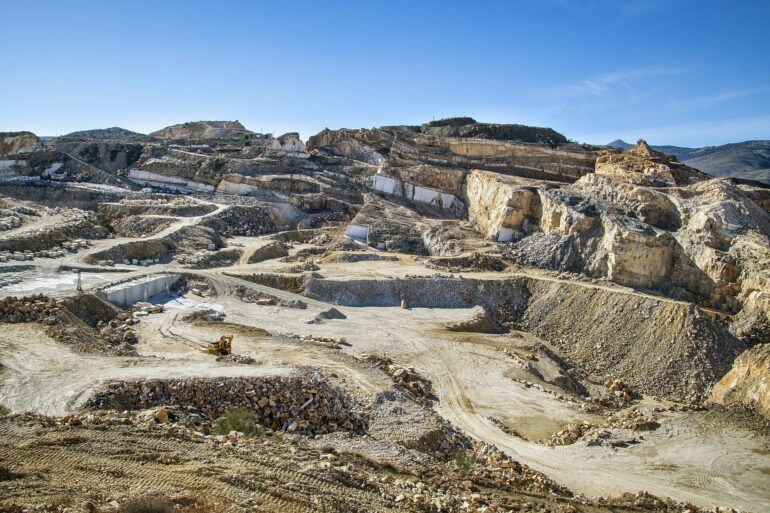As the world transitions to greener sources of energy, demand for the metals used in these new technologies is increasing. But how do you grow the mining industry while still holding the line on carbon emissions?
A new study involving scientists from the University of Alberta and the University of Bern (Switzerland) may hold the answer. Using the Canadian Light Source (CLS) at the University of Saskatchewan (USask), the researchers have determined how best to trap and store CO2 using brucite, a mineral found in certain mining wastes and geologic environments. Their work could help make mining more sustainable.
“We’re taking atmospheric CO2 … and trying to lock that CO2 away in a mineral phase which is stable over time,” says Colton Vessey, a graduate student with UAlberta’s Environmental Economic Geology Laboratory (EEGL), who led the research. The team’s findings are published in the journal Environmental Science & Technology.
Brucite is a solid mineral that can trap greenhouse gases for many thousands of years, says Dr. Sasha Wilson, principal investigator at the EEGL. “More than 90% of the carbon dioxide on Earth is locked away in rocks in the crystal structures of carbonate minerals and that’s what the Rocky Mountains are predominantly made of,” says Wilson, Canada Research Chair in Biogeochemistry of Sustainable Mineral Resources and lead of the EEGL in UAlberta’s Department of Earth and Atmospheric Sciences.
Vessey, Wilson and their collaborators looked at how the proportion of iron content in brucite affects the efficiency of its carbon capture, and whether the surrounding environment also changes its ability to permanently store carbon.
“If you were trying to bind carbon dioxide in normal air, the iron turns into rust instead of trapping carbon dioxide,” says Wilson. However, in oxygen-free environments, the iron was much more effective in capturing carbon. “Now we can look at environments we might not have considered before, like deep underground in mine waste storage facilities.”
The HXMA beamline at the CLS enabled the UAlberta and UBern researchers to analyze minerals that were undetectable using conventional methods and to calculate the overall efficiency of the carbon capture under different conditions. The research, says Vessey, lays the foundation for mining sites to one day safely and stably store harmful emissions underground.
More information:
Colton J. Vessey et al, Influence of Iron Substitution and Solution Composition on Brucite Carbonation, Environmental Science & Technology (2024). DOI: 10.1021/acs.est.3c08708
Provided by
University of Saskatchewan
Citation:
Unlocking the future of sustainable mining through carbon sequestration (2024, June 11)



